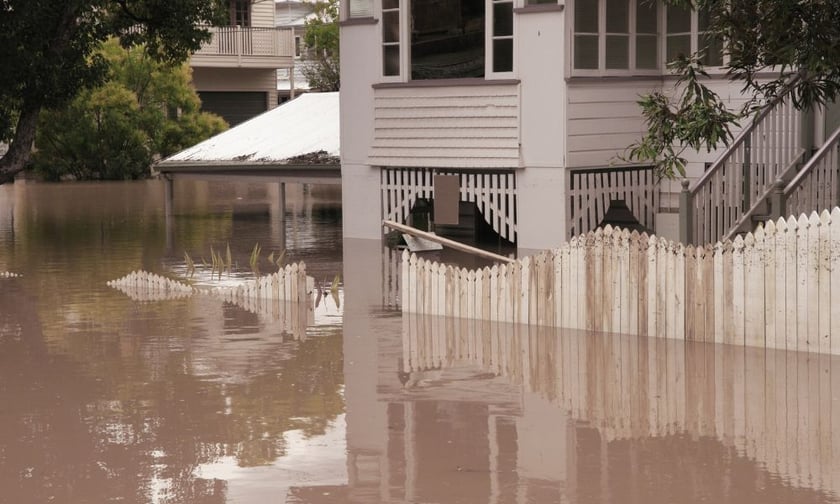

The Insurance Council of Australia (ICA) has announced its commitment to working with Queensland’s incoming Crisafulli government to advance protections against extreme weather risks, especially given Queensland’s unique exposure to cyclones and floods.
The ICA stressed that measures to reduce insurance premiums and improve resilience are critical for the state, which has Australia’s highest concentration of cyclone-prone properties and flood risks.
Queensland accounts for approximately 75% of homes situated in regions vulnerable to cyclonic winds and leads the nation in flood-exposed properties.
Recently, the ICA published “A Stronger Queensland,” a policy framework that addresses the state’s climate vulnerabilities, proposing strategies to better shield communities and infrastructure from escalating weather impacts.
The report estimates that approximately 310,000 properties across Queensland face significant flood risk, with exposure ratings ranging from 1-in-100, 1-in-50, to 1-in-20-year events. Of these, around 47,000 are categorised at the highest level of annual risk, facing a 1-in-20 chance of flooding each year.
The ICA noted that insurance claims in Queensland related to extreme weather have totalled roughly $4.5 billion over the last three years, underscoring the high stakes involved.
Among its recommendations to the new government, the ICA emphasised several key initiatives:
The ICA estimates that removing stamp duty on insurance could provide immediate cost relief to residents, potentially lowering premiums and encouraging wider insurance coverage in the state.
Queenslanders are projected to pay $1.7 billion in insurance stamp duty for the current financial year, up from just over $1 billion in 2019-20, according to ICA data.
Andrew Hall, CEO of the ICA, congratulated Premier-elect David Crisafulli and said the ICA was eager to work with the new administration.
“The Insurance Council congratulates Premier-elect David Crisafulli and his team on their election victory yesterday, and look forward to working with the new government on our shared priorities of making Queensland safer and insurance more available,” he said.
He pointed to abolishing stamp duty as the quickest path to lower premiums, but suggested that if this tax remains, revenue could instead support mitigation programs.
“Analysis undertaken for the ICA shows that a five-year, $730 million investment in mitigation projects across Queensland would deliver $6.3 billion in savings to 2050,” Hall said, adding that this would represent a nine-fold return on investment for the state.
